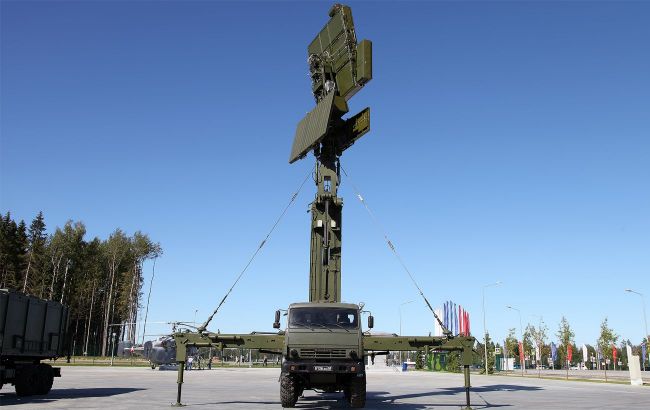Ukrainian spy forces destroy Russian air-defense radars in occupied Crimea
 Photo: Russian radars destroyed in Crimea
Photo: Russian radars destroyed in Crimea
Ukrainian special forces struck Russian radar stations in Crimea while Russian modules were in motion, according to the Defense Intelligence of Ukraine (HUR).
On the eve of Ukraine's Military Intelligence Day, HUR special forces carried out precision strikes on 2 expensive Russian air defense system facilities in the temporarily occupied Crimea.
48Ya6-K1 Podlet radar station and RLM-M module from the 55Zh6M Nebo-M complex were destroyed.
In particular, the RLM-M radar module was destroyed while in motion. Russian troops were leaving their combat duty position when Ukrainian drones struck.
The HUR emphasizes that the strikes were carried out by the masters of the unmanned systems control crews of the Department of Active Operations.
Ukrainian Military Intelligence Day is a holiday in honor of the military intelligence of the Ministry of Defense, established by decree of the President of Ukraine on September 7, 2022. It is celebrated annually on September 7.
Russian complexes
48Ya6-K1 Podlet is a universal mobile three-coordinate radar station (RLS) developed by Russia, designed to detect air targets, especially at low altitudes, in difficult noise conditions.
Its main task is to provide target designation for anti-aircraft missile systems such as the S-300 and S-400. The station has a phased array antenna with circular coverage and includes an antenna post, a control cabin, and a mobile electric generator, all located on separate KamAZ chassis.
Nebo-M (also known as 55Zh6M) is a mobile long-range radar system designed to detect aerodynamic (aircraft) and ballistic (missile) targets at medium and high altitudes.
The system is tri-band, as it includes three separate radar modules in the meter, decimeter, and centimeter frequency ranges. This system is in service with Russia. Moscow claims that it allows even low-visibility and stealth objects to be detected.

